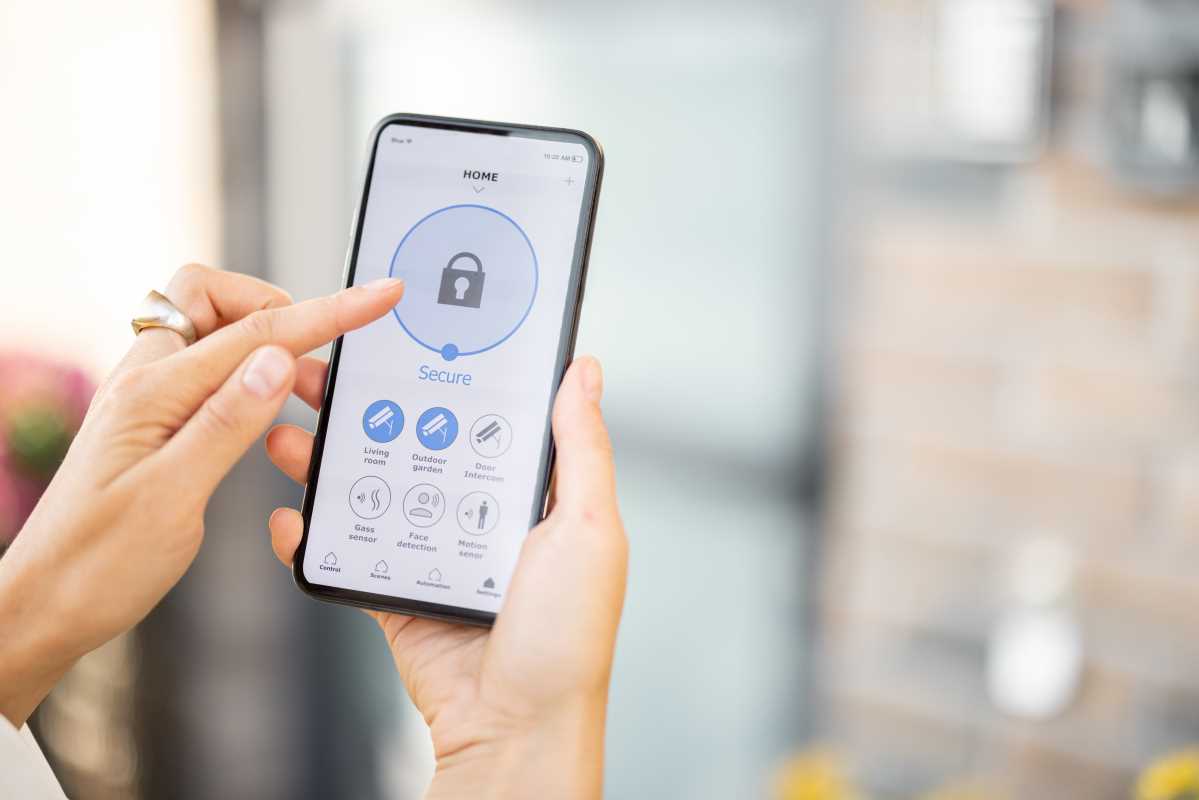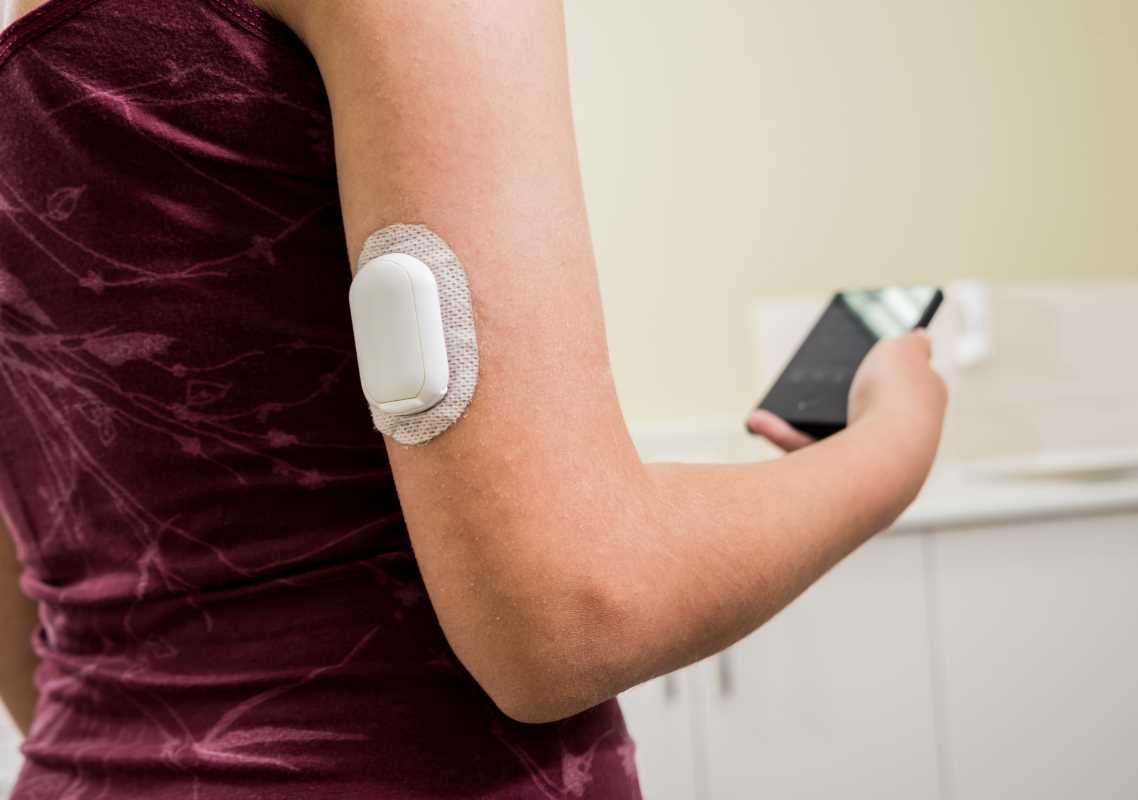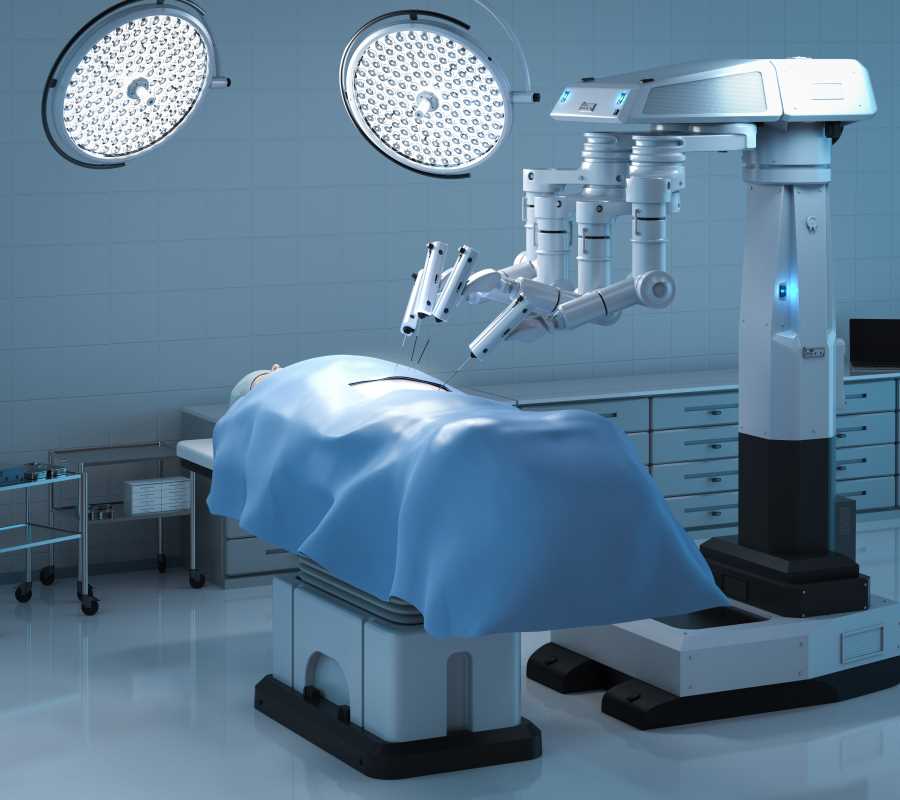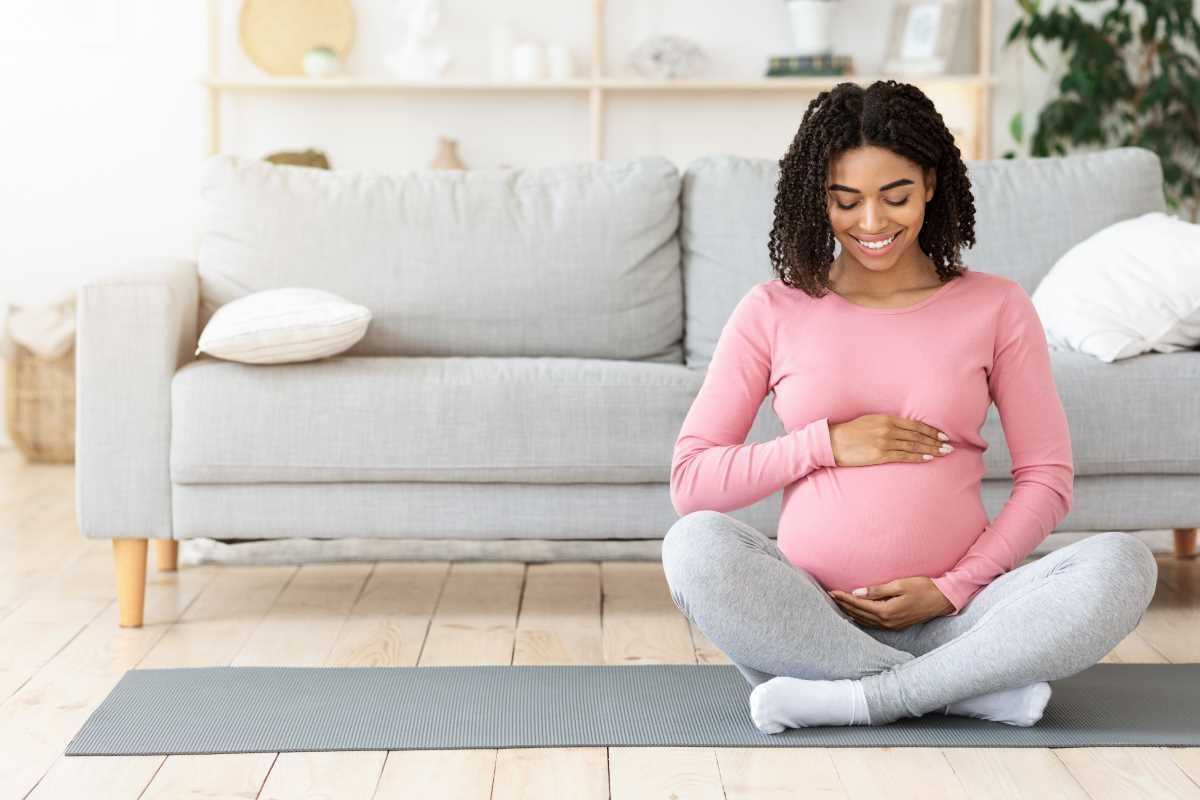Staying at home as you age can be one of the best things for an elderly person, but it comes with some big hurdles. Falls, forgetfulness, and medical emergencies can quickly turn small risks into serious safety issues. Fortunately, advances in smart home technology are making independent living safer and more manageable for seniors and their families. These devices are convenient and can play a huge role in monitoring safety. They can remind users about daily tasks and alert caregivers in the event of an emergency. From smart locks to sensors and voice-activated assistants, these technologies are designed to simplify life while bringing peace of mind. Here’s a detailed look at the smart home tools making a real difference in elderly care and safety.
1. Smart Sensors for Fall Detection
Falls are one of the leading causes of injuries among elderly individuals. Smart sensors provide real-time monitoring to detect falls and automatically alert caregivers or emergency services. Unlike wearable buttons seniors may forget to press, these devices operate passively.
Devices like the Walabot Home or Vayyar Care use radar technology to monitor movement in rooms like bathrooms or hallways. They detect sudden changes, like a fall, and send alerts through a caregiver’s app or an emergency response system.
These sensors are great for elderly people who live alone. By tracking movements and detecting sudden changes in activity after a fall, they provide a safety net that doesn’t rely on the individual to take action.
Added Benefits
The absence of wearable hardware means increased comfort and fewer interruptions in daily life. These systems blend invisibly into the household while providing essential assistance.
2. Smart Door Locks and Security Systems
Keeping the home secure is extremely important, particularly for elderly individuals who may accidentally leave doors unlocked or struggle to identify visitors. Smart locks and security systems allow control over entry points and monitor who comes and goes.
Products like August Smart Lock or Schlage Encode allow for remote locking and unlocking using a smartphone. Caregivers can also monitor activity logs to see when doors are accessed.
These tools prevent unauthorized access and reduce risks like strangers posing as delivery persons. Many systems also integrate doorbell cameras for real-time video feeds and audio communication.
Added Benefits
Family members can grant temporary access to trusted helpers, like housekeepers or healthcare workers, without needing physical keys. This provides safety and convenience simultaneously.
3. Voice-Activated Assistants
Voice-activated assistants like Amazon Alexa or Google Assistant have become household staples. For elderly individuals, these devices go beyond setting timers or playing music. They act as companions and offer hands-free ways to interact with the home.
Alexa or Google Home integrates directly with other smart devices, such as light bulbs, thermostats, or medication reminders.
By using simple voice commands, seniors can turn on lights to prevent nighttime falls, change temperature settings without the need to get up, or call for help during emergencies.
Added Benefits
These devices can also serve as gentle reminders for daily activities like taking medications, drinking water, or attending virtual doctor appointments. For many seniors living alone, voice assistants provide a comforting presence.
4. Smart Medication Dispensers
Staying on top of medications is essential yet challenging for many seniors with multiple prescriptions. Smart medication dispensers provide automated and reliable solutions to make sure the right pill is taken at the right time.
Devices like Hero or MedMinder offer pre-filled trays that dispense only the necessary medication for each dose. With integrated apps, caregivers receive reminders about missed doses or low medication supplies.
These dispensers prevent overdose by administering scheduled doses. They also help avoid missed medications, reducing risks associated with chronic conditions.
Added Benefits
Some models include voice reminders or flashing lights, catering to seniors with hearing or visual impairments. Their sleek, user-friendly designs make the process seamless.
5. Smart Lighting Systems
Moving around a home in the dark increases the likelihood of falls, especially for those with poor night vision or mobility issues. Smart lighting systems offer motion-activated and customizable lighting solutions.
Products like Philips Hue or Lutron Caséta allow lights to turn on automatically when motion is detected. They also allow users to control brightness and color through an app or voice commands.
Strategically placed motion sensors in areas like staircases or hallways reduce the risk of trips and falls. The ability to adjust lighting remotely optimizes visibility.
Added Benefits
Nightlight settings offer warmth and coziness, helping seniors feel at ease. Energy-efficient bulbs reduce electricity bills, appealing to fixed-income households.
6. Smart Thermostats
Temperature regulation becomes more important as seniors age. Poor home temperature can exacerbate certain health conditions or create unsafe environments. Smart thermostats provide precise control and automated adjustments.
Devices like Nest Thermostat or Ecobee automatically monitor a home’s temperature and adjust based on predefined comfort levels.
By maintaining steady, healthy indoor temperatures, these thermostats reduce the risks of cold-related illnesses like hypothermia during winter and overheating during summer.
Added Benefits
Remote control through a smartphone means caregivers can check or adjust a thermostat from anywhere. This provides a comfortable environment even if seniors forget to change it themselves.
7. Smart Cameras with Two-Way Audio
Monitoring the safety of elderly individuals doesn’t always require in-person visits. Smart cameras equipped with two-way audio allow family members or caregivers to check in virtually.
Systems like Ring Indoor Cam and Arlo Essential Indoor Camera provide high-definition video streaming and audio capabilities.
These cameras allow caregivers to verbally check on seniors or observe situations that might need immediate attention, such as physical discomfort or distractions in daily routines.
Added Benefits
Privacy concerns are addressed with features like scheduled monitoring or manual camera deactivation, giving seniors respected independence.
8. Emergency Response Smart Speakers
Unlike standard voice-activated assistants, emergency-focused smart speakers provide hands-free communication with professional responders. These dedicated devices are invaluable during health crises.
Guardian Alert 911 or Amazon Alexa Care Hub allows seniors to contact emergency services without reaching for a phone. Some systems facilitate direct calls to contacts or live operators with pre-scripted commands.
Fast, hands-free access to emergency help greatly reduces response time, providing life-saving interventions as quickly as possible.
Added Benefits
Combining communication with smart home ecosystems means seniors can activate these speakers alongside other safety gadgets, creating a synchronized safety plan.
 (Image via
(Image via





